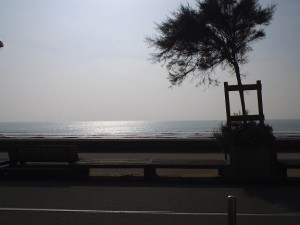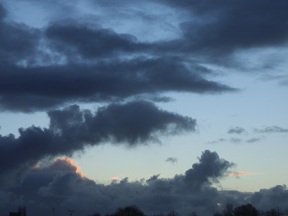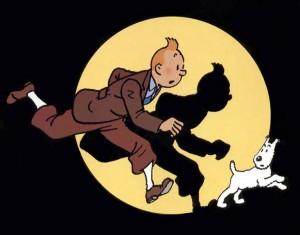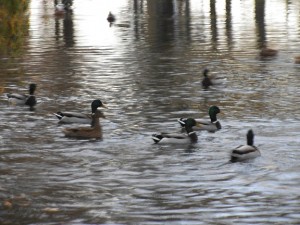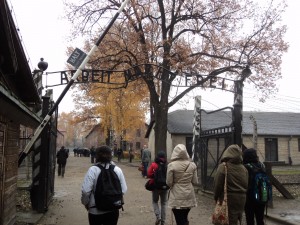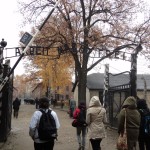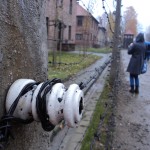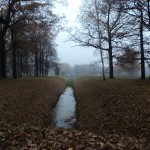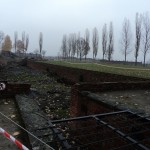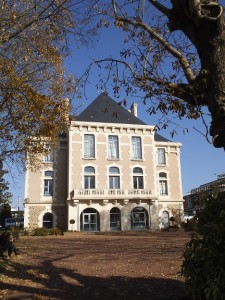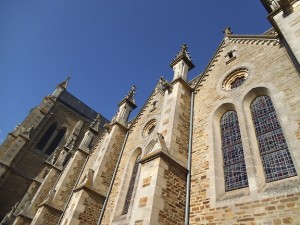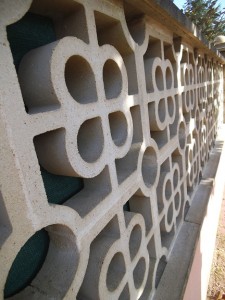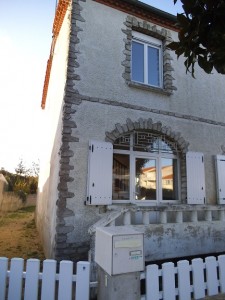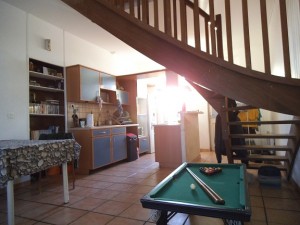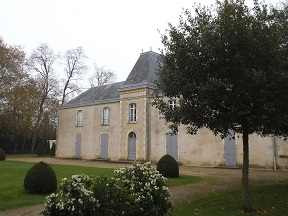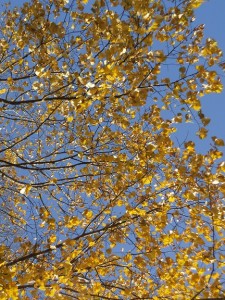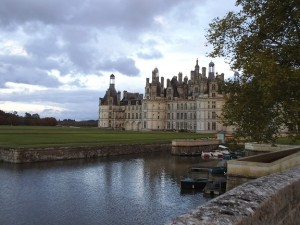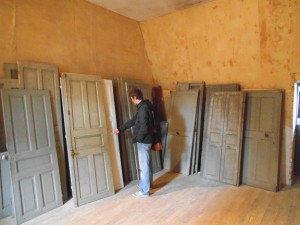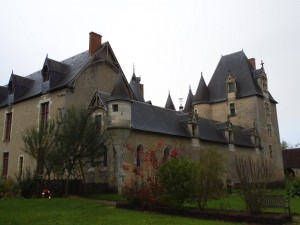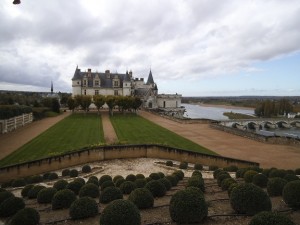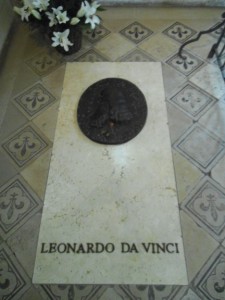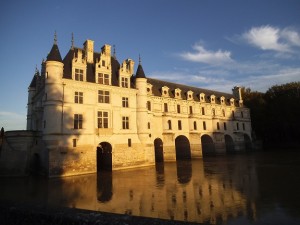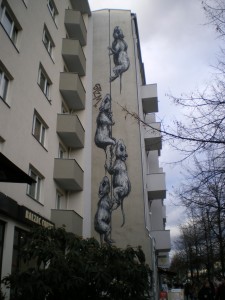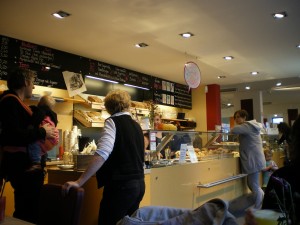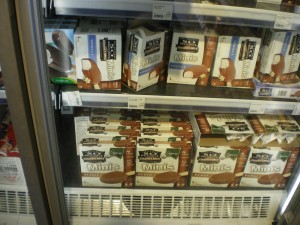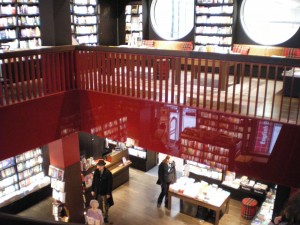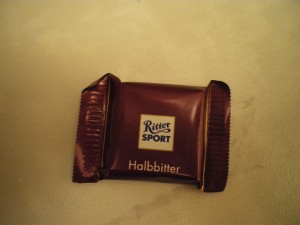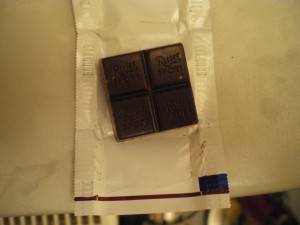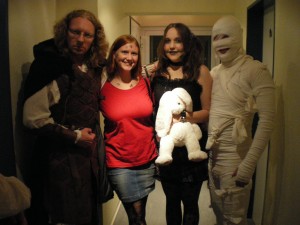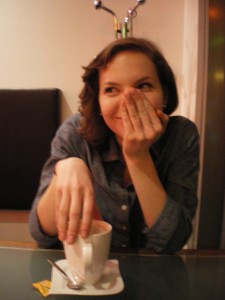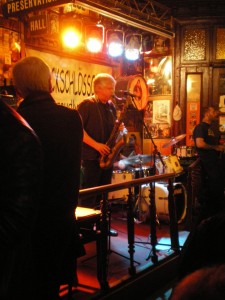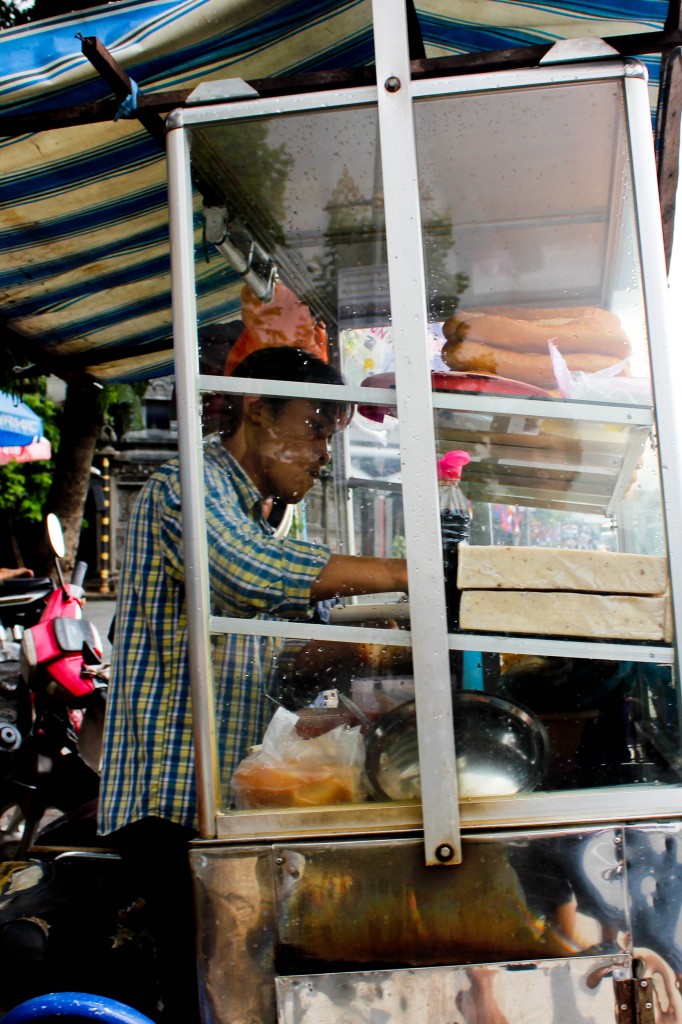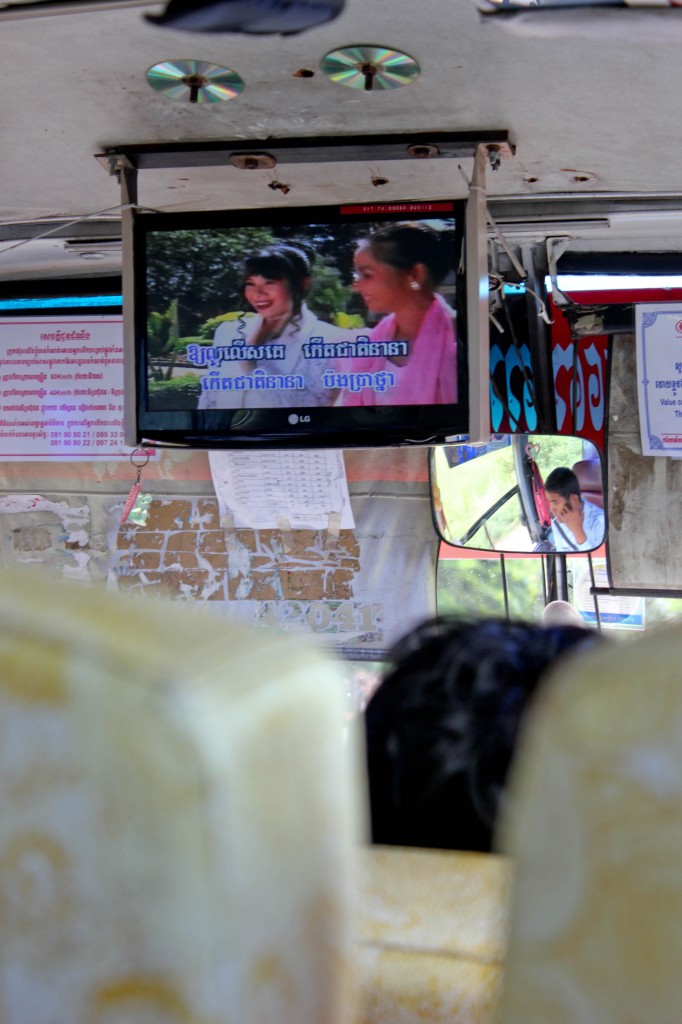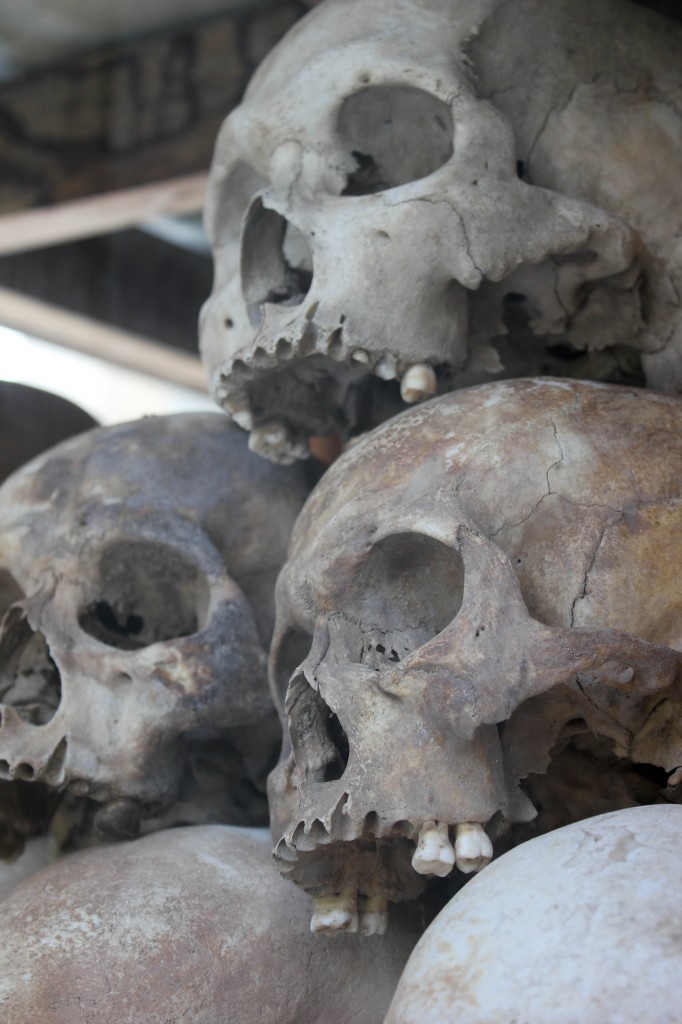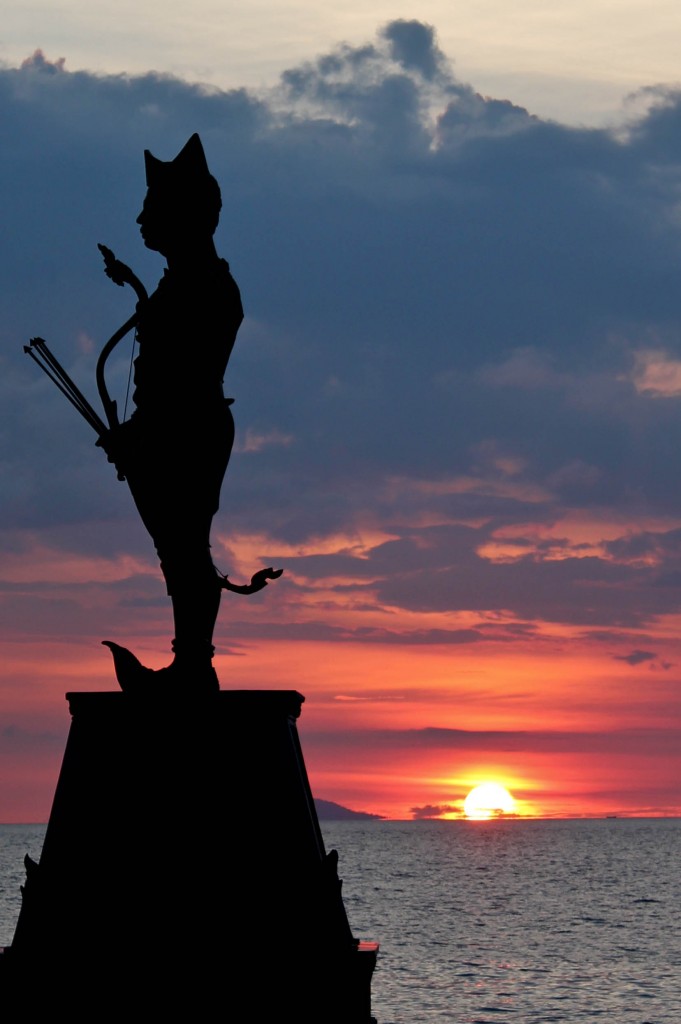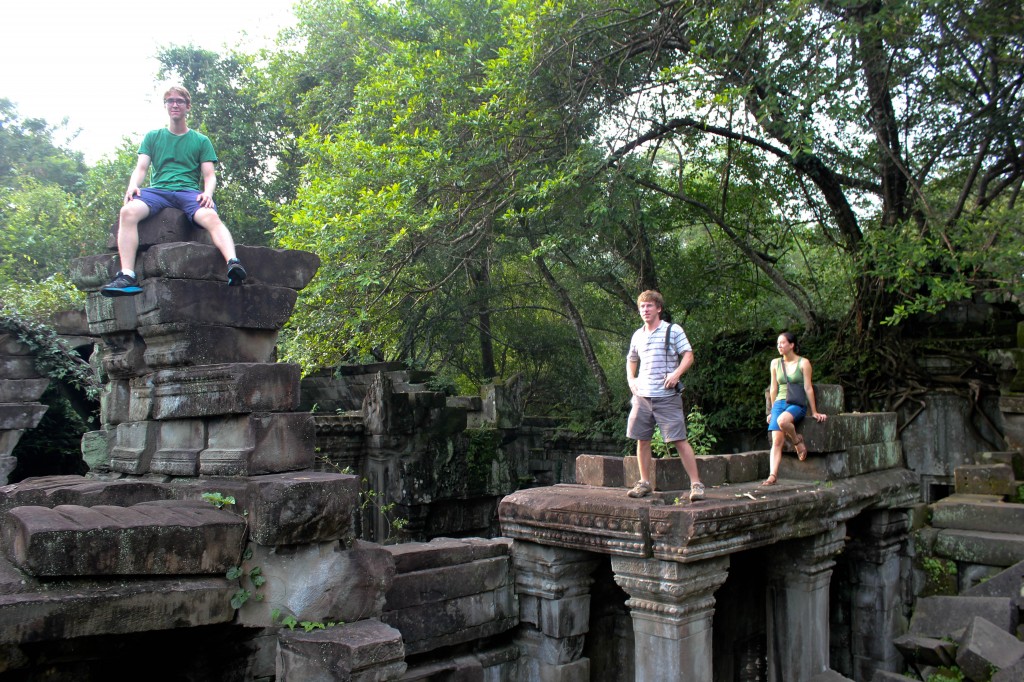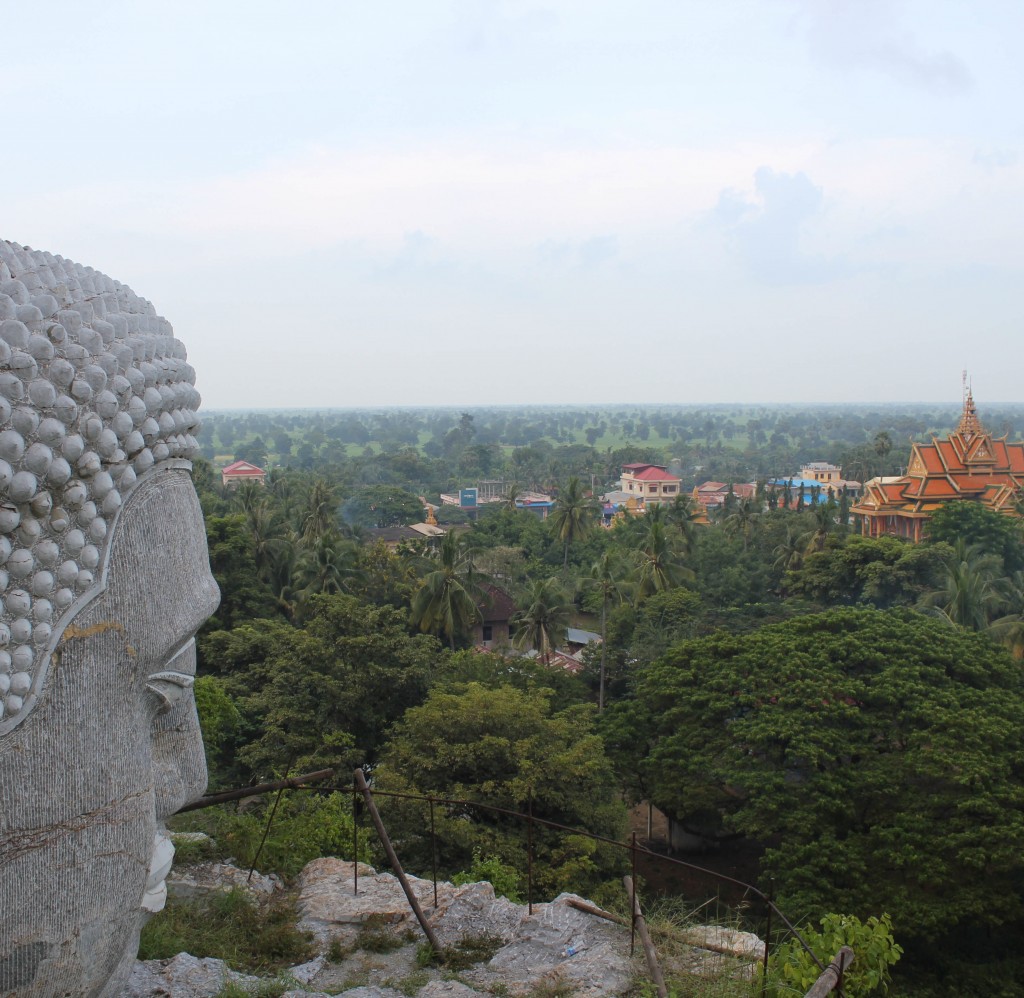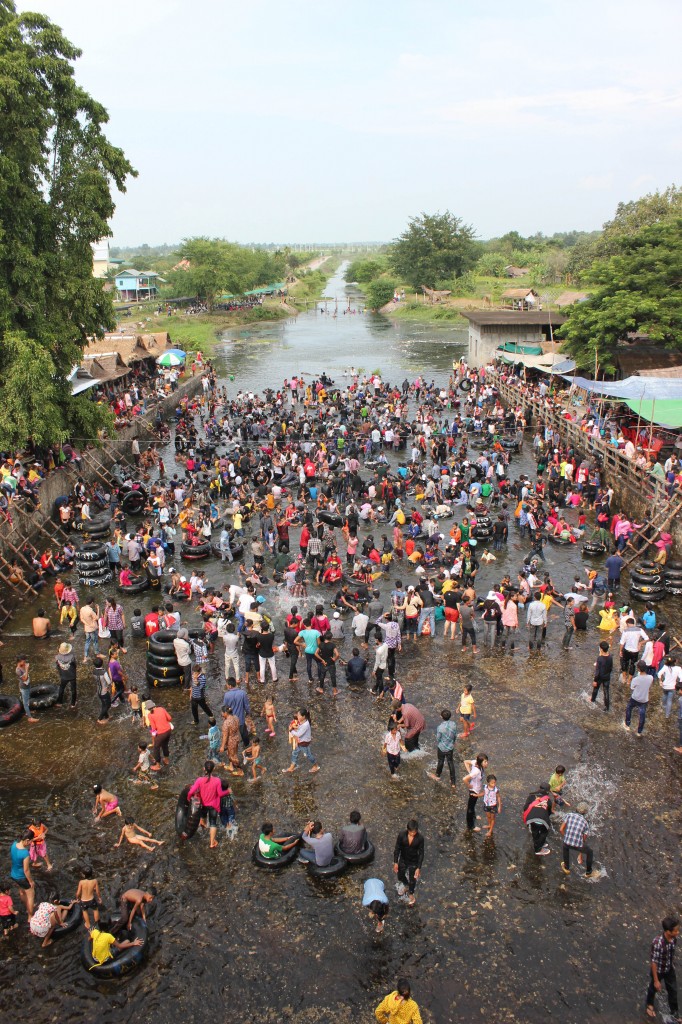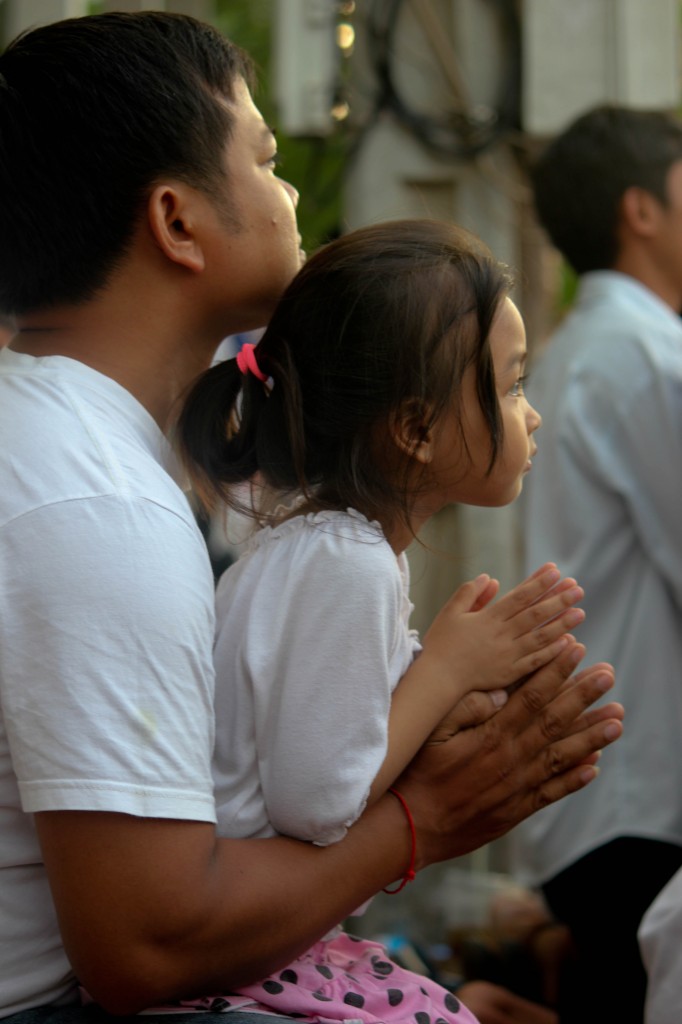The last weekend in October brought to Cork a fun musical event: the Jazz Festival. Normally, jazz isn’t my cup of tea, but my friend Beril, a fellow IFSA-Butler student, came down from Galway for the festival. Since I didn’t have any other plans for the weekend, I tagged along to the Saturday night double-billed concert featuring two jazz bands, Phronesis and Synergy. Afterward, we also listened to a very alternative jazz group whose name I can’t recall. On Sunday, we spent the afternoon strolling around the Cork city centre, which had transformed
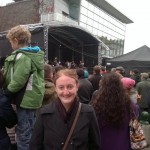
There's a band back there, behind my head.
itself for the festival. There was an open-air market along St. Patrick’s Street, selling all sorts of food, from sausages to paella to chocolate-dipped fruit.
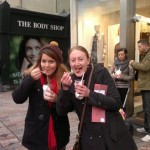
Yay! Fruit and melted chocolate! My idea of paradise!
We hunted out the stage for Beats on the Street, a free, street-side venue for festival-goers that featured quite a few different jazz performers. We also stopped at a book store and a CD/record fair before dinner. Beril attended one more concert; afterwards, we met up and visited several bars, including a backstreet one that featured a detailed mural on one wall. At two-thirty a.m., we called it a night. Beril took off the next afternoon.
The next weekend, I paid a reciprocal visit to Beril. On the way, I learned that, if you miss your CityLink bus from Cork to Galway, it’s quite a long ride via Bus Eireann! Between the many stops and the screaming children sharing the bus with me, it was a lengthy trip indeed. I arrived well after dark and met Beril at the Galway bus station. We ate pizza for dinner and, at about ten thirty, headed out for a night on the town. Galway’s city centre is much more “small-town” than Cork’s, with cobblestoned streets and no cars. Despite the fact that Friday night is usually an off night here in Ireland, there were quite a few people out and about. I was momentarily pleased to see other girls wearing jeans and tennis shoes, rather than miniskirts and lethally high heels, but Beril rained on my practicality parade by informing me that it was just casual Friday. When all the college kids have gone home, the natives don’t bother with runway fashion.
Anyway, we stopped at one bar featuring reggae music. We stayed for maybe forty-five minutes before moving on to the Róisín Dubh, which was playing some of those great songs that we all miss from the ‘90s and early 2000s. Since Beril and I were enjoying this blast from the past, we stayed until closing time.
It’s worth noting here that I am glad I chose Cork. I was just absolutely tickled pink to get pummeled multiple times by the lovely Galway sleet. It hit twice on Friday night and once as we were slogging through early-morning Galway to catch a bus. Youch!
At any rate, I’m afraid I didn’t see much more of Galway than the centre and the sleet. After a night of very little sleep, Beril and I got up in time to have breakfast at a coffee shop and catch a 9:30 a.m. bus to the port. From there, we boarded a ferry to the Aran Islands. And what a ferry ride it was! The wind was high, the seas were rough, and my stomach was in my throat. (Fortunately, my head was not over the toilet!)
The wind and the rain continued when we arrived on Inis Mór, the largest of the Aran Islands, but we were undaunted. We rented bikes and headed off down the road, laughing at the weather…Well, okay, we stopped at our Bed & Breakfast for an hour. And then we ate lunch at the American Bar (and I’m not sure whether the ironic part was its name or the fact that it was mostly populated by locals). And then we went shopping at the Aran Islands Sweater Shop, Beril for a sweater and I for mittens. And then…Well, it was late afternoon before we set out on the tourist loop.
I often wondered if we would have made better time without the bikes. The wind was enough to bring us to a near-standstill, and we had to stop several times and find shelter from the rain
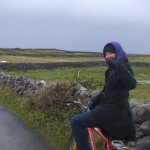
Just keep biking, just keep biking, just keep biking, biking, biking. Yeah, undaunted by the weather, my eye. If I were wearing any more layers I would look like the Michelin man. I was wearing all the layers I own!
behind convenient walls and ruins. Nonetheless, we passed field after stone-fenced field and finally reached the seal cove. The seals had better sense than we did; they were nowhere to be found. The beach was worth the stop, though, for it was spectacularly rugged and rocky.
Our last stop of the day was Dun Aengus, a ruined fortress built a few centuries before the birth of Christ. The fort is built at the crest of a hill, right at the edge of a cliff. We dropped our bikes at the foot of the hill and went up on foot, along a trail that became increasingly rocky and slick. I was paying such close attention to my footing that I was surprised to look up and find that we had a stunning view across the cliffs and out over the sea. It was almost full tide, and the waves struck the cliffs with such force that they reached the top and sent great clouds of mist overland.
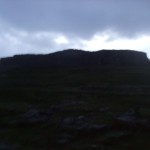
Sorry, my camera doesn't take good night pics. Google "Dun Aengus." It's lovely.
The walls of Dun Aengus now stand little more than six feet high, but the ground plan is still distinct. The fortress consists of multiple layers of half-circle walls which, in their collapsed state, now create a wind tunnel rather than a defense. I thought I would be blown away when I came through the door!
Beril and I took advantage of Dun Aengus’ proximity to the cliff edge by dangling our heads over the drop-off to look out at the water below. We lay prone, of course, terrified of being bowled over and off by a particularly strong gust of wind. Daylight had well and truly faded by the time we crawled back from the
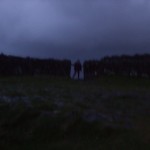
Dun, dun, dun. Are the fairies for real?
edge. Before we left the fortress behind, I made Beril stand in the doorway for an obligatory low-light photo. I mean, when one finds oneself in an ancient ruin at dusk, why resist the temptation to take pictures of your friend looming amongst the rocks like a ghost of warriors past?
The trip home made for quite a ride! We had the wind at our backs, and the road was mostly downhill, so we were headed at a cracking pace down a road we couldn’t see. Whee! Occasionally, the wind or a passing bird would make a forlorn noise, and we would shout at each other, “What was that?” “What? I didn’t hear anything.” “That noise back there!” as we wheeled onward through the darkness.
Needless to say, the lights of town were quite a relief. We stopped at the American Bar again for dinner, and, boy, did piping hot lamb stew taste good! Afterward, we returned to the Bed & Breakfast, exhausted, dripping with rainwater (and, in my case, a fair amount of the—um—effluvia that spatters up from bike wheels on a wet road well-traveled by horses), and ready for hot showers.
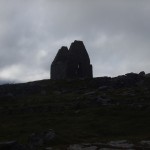
In attempting to show the church's setting, I took a picture facing into the sun. So...
On Sunday morning, we had a “traditional Irish breakfast” involving brown bread, ham, fried eggs, black and white pudding, and caffeine at the Bed & Breakfast. Then, we grabbed our bikes and headed down the road in the opposite direction. I was a little sore, not having ridden a bike for several months, and I ended up doing a lot of standing on the pedals. Our first stop was at Teampall Bheanain, the ruin of a miniscule church measuring less than 11 ft. by 7 ft. Once more, we had to leave our bikes behind at the foot of a walking path that quickly petered out. We ended up hiking cross-country, following the signposts that pointed out where we should climb over the stone fences.
The church at the top of the hill is simply perched in the middle of a field, sharing space with several cows who were utterly unperturbed when we wandered through their pasture. Teampall Bheanain still has four walls and gables, but no roof. It looks out over most of the island. From outside the church, I could truly appreciate—at the risk of sounding cheesy—the stark beauty
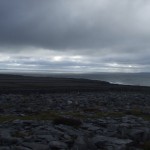
So, before the tourism industry began, what encouraged ancient settlers to live here? Surely not the abundant cropland!
of the landscape. There are no trees on the island, and the few low hills are lined with miles and miles of stone fences. The pastures are sheeted with rock, with a bit of green showing up here and there. I could see the nearest cliffs from my point of view as well as the plumes of mist that rose up when incoming waves struck stone.
Our final intended stop was Dun Dubhchathair, the oldest of the forts on Aran. The path to the fort led us to a sort of stony plaza at the edge of the cliffs, and we sat there looking over the edge at the roiling water below and wondering where, precisely, the fortress was. It took us nearly ten minutes to
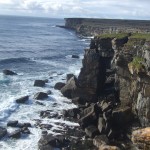
The cliffs of Inis Mor
notice the ruin hulking off to our left. By that time, we were hungry, so we decided to forgo further adventuring in lieu of lunch. Lunch consisted of seafood chowder, hot chocolate, and ice cream. Then, we returned our bikes and went back to the sweater shop, for it was my turn to go sweater shopping. Later, and quite a few euros lighter, we caught our ferry back to the mainland and enjoyed an extremely smooth trip, much to our surprise.
I spent one last night in Galway and caught the 8:30 a.m. bus back to Cork on Monday morning. Of course, since I didn’t need to walk or bike anywhere, the sun shone on my bus, and it was almost stiflingly hot in Cork! So goes the Irish weather…Good craic, my friends, good craic.

